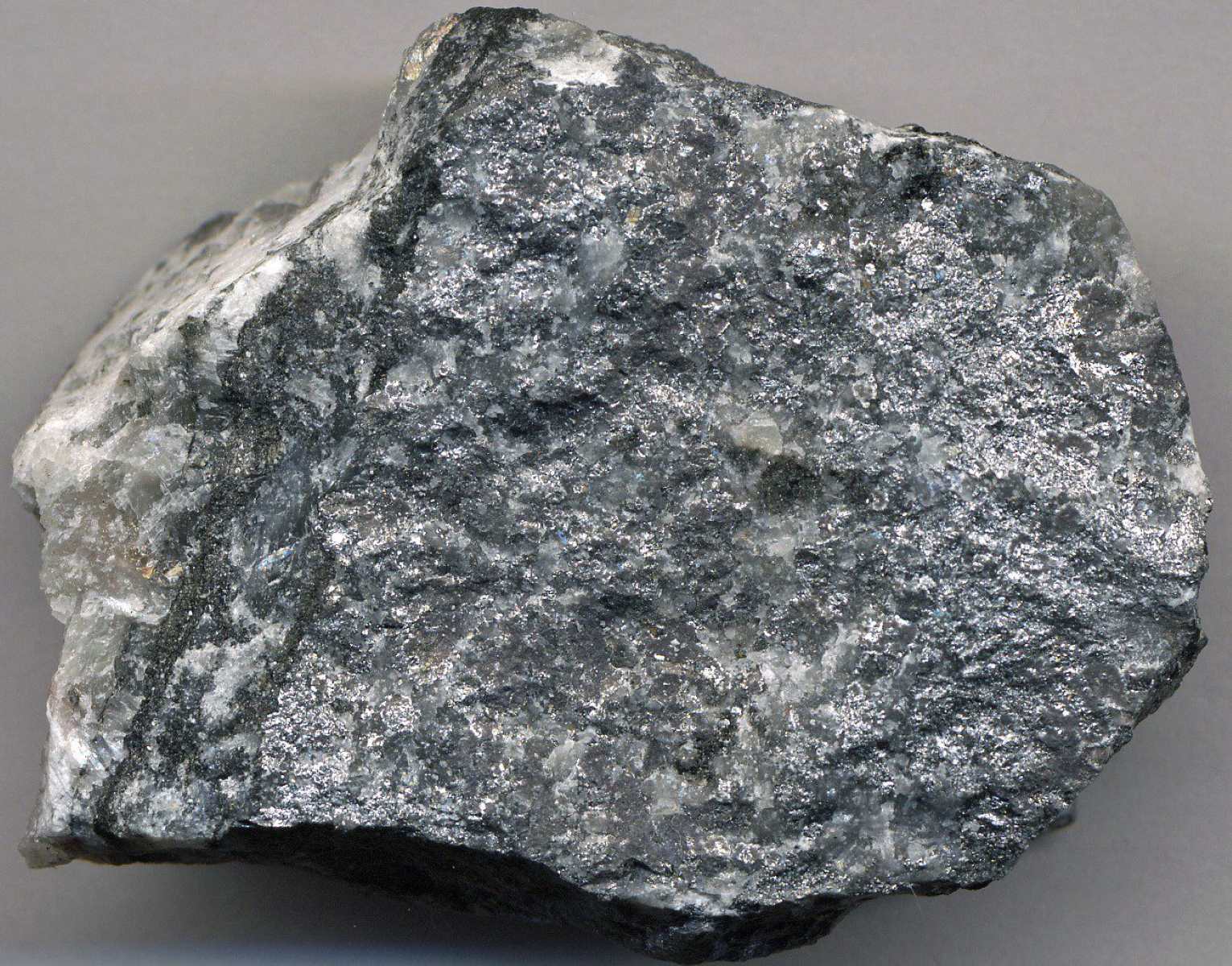
Cobaltite is a fascinating mineral that often goes unnoticed. Found in hydrothermal veins and metamorphic rocks, this mineral is a significant source of cobalt. Cobaltite has a striking appearance with its metallic luster and silver-white color, often tinged with red due to iron impurities. This mineral is not just a pretty face; it plays a crucial role in various industries. From being used in high-performance alloys to its importance in battery technology, cobaltite is more than meets the eye. Ready to learn some intriguing facts about this versatile mineral? Let's dive into the world of cobaltite and uncover its secrets!
Key Takeaways:
- Cobaltite is a valuable mineral with a rich history and diverse uses, from creating blue pigments to powering rechargeable batteries. However, its extraction and handling require caution due to its arsenic content.
- Cobaltite's unique properties, including its metallic luster and high density, make it a fascinating subject for collectors and researchers. However, its presence can also pose environmental and health risks, requiring careful handling and sustainable mining practices.
What is Cobaltite?
Cobaltite is a fascinating mineral with a rich history and unique properties. It's a sulfide mineral composed mainly of cobalt, arsenic, and sulfur. Let's dive into some intriguing facts about this mineral.
- Cobaltite's chemical formula is CoAsS, indicating it contains cobalt, arsenic, and sulfur.
- It typically forms in high-temperature hydrothermal veins and contact metamorphic rocks.
- The mineral often appears in a metallic, silver-white to gray color with a reddish tint.
- Cobaltite has a Mohs hardness of 5.5, making it relatively hard but still scratchable by harder substances.
- It has a specific gravity of 6.0 to 6.3, which means it is quite dense.
- Cobaltite crystals are usually found in cubic or pyritohedral shapes.
- The mineral has a metallic luster, giving it a shiny, reflective appearance.
- It is opaque, meaning light does not pass through it.
- Cobaltite can be found in various locations worldwide, including Canada, Sweden, and Morocco.
- It is often associated with other minerals like chalcopyrite, pyrite, and magnetite.
Historical Significance of Cobaltite
Cobaltite has played an important role throughout history, particularly in the mining and metallurgy industries. Here are some historical facts about this mineral.
- The name "cobaltite" is derived from the German word "kobalt," meaning "goblin," due to the troublesome nature of the mineral for miners.
- Cobaltite was first described in 1832 by the French mineralogist François Sulpice Beudant.
- In the past, cobaltite was often mistaken for silver ores, leading to confusion and frustration among miners.
- During the 19th century, cobaltite was a primary source of cobalt for the production of blue pigments in glass and ceramics.
- The mineral was also used in the early production of cobalt-based alloys for tools and machinery.
- Cobaltite mining peaked during the industrial revolution when demand for cobalt increased.
- Today, cobaltite is still mined, but it has been largely replaced by other cobalt-bearing minerals like cobaltite and erythrite.
Uses of Cobaltite
Cobaltite has various applications, both historical and modern. Let's explore some of its uses.
- Cobaltite is a valuable source of cobalt, which is used in the production of rechargeable batteries.
- The mineral is also used in the creation of superalloys, which are essential for high-performance engines and turbines.
- Cobaltite has been used as a pigment in glass and ceramics, giving them a distinctive blue color.
- It is also used in the production of magnets, particularly in the creation of high-strength permanent magnets.
- Cobaltite can be used as a catalyst in chemical reactions, particularly in the petroleum and chemical industries.
- The mineral has applications in the production of cutting tools and wear-resistant materials.
- Cobaltite is sometimes used in jewelry, although its arsenic content makes it less desirable for this purpose.
Interesting Facts About Cobaltite
Beyond its practical uses, cobaltite has some fascinating characteristics and trivia associated with it. Here are a few more interesting facts.
- Cobaltite is often found in association with gold and silver, making it an important mineral for precious metal mining.
- The mineral can exhibit a phenomenon known as "pleochroism," where it appears to change color when viewed from different angles.
- Cobaltite is sometimes used as a collector's mineral due to its unique crystal shapes and metallic luster.
- The mineral can be toxic due to its arsenic content, so handling it requires caution.
- Cobaltite can be used to study the geological history of an area, as its formation conditions can provide clues about past geological events.
- The mineral is often found in regions with a history of volcanic activity, as it forms in high-temperature environments.
- Cobaltite can be synthesized in laboratories for research purposes, allowing scientists to study its properties in detail.
- The mineral's high density makes it useful for certain industrial applications where weight is a factor.
- Cobaltite has been found on the ocean floor, indicating that it can form in a variety of geological settings.
- The mineral's metallic luster and unique crystal shapes make it a popular subject for mineral photography.
Environmental and Health Considerations
Cobaltite, like many minerals, has environmental and health implications that need to be considered. Here are some facts related to these aspects.
- Mining cobaltite can release arsenic into the environment, posing a risk to water sources and ecosystems.
- Proper handling and disposal of cobaltite are essential to prevent arsenic contamination.
- Workers in cobaltite mines must use protective equipment to avoid exposure to arsenic and cobalt dust.
- Cobaltite can be hazardous if ingested or inhaled, so it should be handled with care.
- The mineral's extraction and processing can contribute to air and water pollution if not managed properly.
- Sustainable mining practices and regulations are crucial to minimizing the environmental impact of cobaltite extraction.
The Final Word on Cobaltite
Cobaltite, a fascinating mineral, holds a significant place in both geology and industry. Its unique properties make it valuable for various applications, from pigments to batteries. Understanding cobaltite's composition and uses can help us appreciate its role in modern technology. This mineral's distinctive features and geological significance make it a subject worth exploring for anyone interested in earth sciences or industrial applications. Whether you're a student, a professional, or just curious, knowing these 40 facts about cobaltite can enrich your knowledge and spark further interest. So next time you hear about cobaltite, you'll have a deeper understanding of its importance and versatility. Keep these facts in mind, and you'll be well-equipped to discuss this intriguing mineral with confidence.
Frequently Asked Questions
Was this page helpful?
Our commitment to delivering trustworthy and engaging content is at the heart of what we do. Each fact on our site is contributed by real users like you, bringing a wealth of diverse insights and information. To ensure the highest standards of accuracy and reliability, our dedicated editors meticulously review each submission. This process guarantees that the facts we share are not only fascinating but also credible. Trust in our commitment to quality and authenticity as you explore and learn with us.


